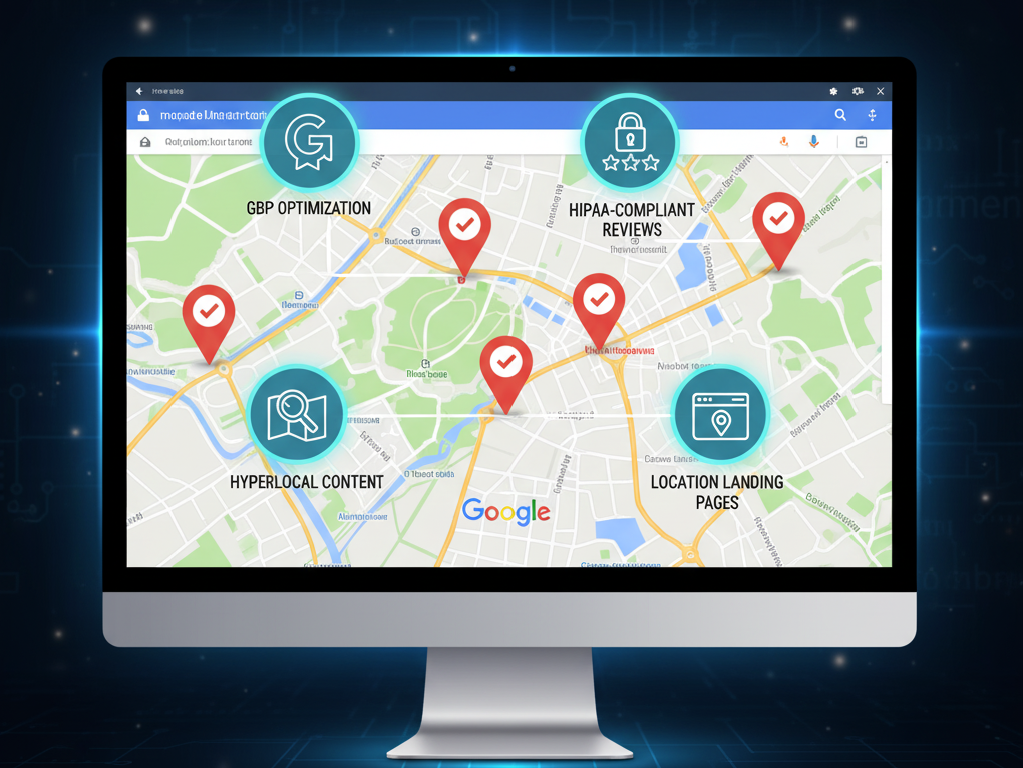
Twitter has been one of the fastest growing social media platforms for years now, as well as a massive driver for sales, culture, and even political discourse. But the nature of the platform – driving conversations solely through short, bite-sized takes – has drawn a lot of negative attention for the platform, while simultaneously making it easier than arguably anywhere else to offer an intimate, unfiltered view into a person’s thoughts and preferences.
According to Twitter, this intimate, unfiltered view has been actively pushing users away from engaging in conversations and interacting with others on the app or platform in general.
Twitter users feel that the company leaves much to be desired in the way of privacy features – and in the interest of preserving its massive user base, and continuous growth, Twitter has announced that it is taking a look at expanding privacy tools for users via a number of different ways.
Explaining Twitter’s New Privacy Tools
How does one filter oneself on the world’s most casual and innocuous soapbox? The easiest way, Twitter has decided, is by controlling who can see and reply to what you’re posting.
But that’s not quite enough, as some users want to be able to easily retract or sunset tweets without outright deleting them or limit their own involvement in longer threads and conversations.
In an attempt to ensure that users better understand the platform’s existing privacy options, Twitter will be asking users to review their privacy options, while working on four major tools for the purpose of “social privacy”. In summary, these tools might let you be able to:
- Hide the tweets you’ve liked. A relatively recent addition to Twitter allowed your followers to serendipitously see what tweets you might have liked as part of their own feeds.
This feature was first launched as a way for users to discover mutual interests through the likes of the people and accounts they’re following and expose users to more accounts they haven’t followed or interacted with yet.
But the feature has also introduced more than its fair share of annoyances for certain users. Not everyone wants to let their followers know exactly what they’ve liked.
- Unmention yourself in conversations. Another hotly-anticipated feature would be the ability to unmention yourself in conversations, so you aren’t notified of every single development in a growing viral thread you (sometimes against your better judgment) decided to take part in.
This feature is also meant to help users dip out when they decide they’ve had enough, or when a conversation takes a turn they don’t want to participate in.
Currently, there’s little you can do against notifications for tweets you’re mentioned in, except asking people to stop mentioning you (which Twitter’s reply function happens to do automatically).
- Archive your older tweets. Twitter is a platform that has existed long enough that some of its users have gone through life-changing events and have transformed into completely different people.
Or, they simply graduated high school, and college, and started a family, and have matured into individuals that are nigh-unrecognizable from their online persona in the late 2000s.
Anyone wishing to actively distance themselves from what they might have tweeted in the past really only has one choice – make a new account, and hope that the old one fades into ancient Internet obscurity. Or, go through your old tweets, and suspiciously delete them.
Twitter’s third option would allow you to archive tweets after a certain period, hiding them for everyone but yourself. Their team is still working on what that period should be – whether it’s 30 days, two months, or even a year.
- Remove followers. You can block users, and they can block you. You can also restrict your account, so only followers you approve of can view your tweets and activities.
But a new middle ground feature that Twitter may be testing out soon would allow you to remove followers, not outright blocking them, but giving you more control over who gets to follow your tweets. Another tool would be to allow you to control what follower lists you’re included in. You can also try out Twitter’s Safety Mode to autoblock harmful accounts.
Altogether, these tools will be aimed to help users better manage who sees what they post, and to what degree their involvement with other people’s tweets might be made public.
Why Now?
The goal behind these proposed changes and features is to help drive user growth. User privacy in the tech world has been a hot topic for much of the past few years, and Twitter’s attempts at introducing these features seems to stem from having an interest in getting out in front of the issue before it grows too out of hand.
It seems that the company’s internal tests have proven that users are at least somewhat inclined to avoid making full use of the platform because of how transparent their own thoughts and input can be to the rest of the world.
With greater privacy options, Twitter is looking to get users to tweet and interact more, with the knowledge that they have the ability to potentially archive tweets they’ve come to regret, leave conversations that have become too toxic, or hide certain tweets they’ve liked.
Twitter and New Features
Before you get too excited about these new features, it’s important to note that we don’t know to what extent these will be officially implemented down the road, or whether any of them are close to being tested at the moment.
Twitter has previously announced that they’re trying to be more open about their feature roadmap and are providing greater transparency for how they aim to develop their platform in the future.
This means that a lot of planned features and ideas may end up never getting past the testing phase, or never seeing the light of day to begin with.
We’re guessing that at least one of the four planned features will make it into Twitter’s expanded privacy options in the near future, but exactly when, and to what degree these new features will help give users greater peace of mind, is still anyone’s guess.
Contact us today to get the conversation started!









